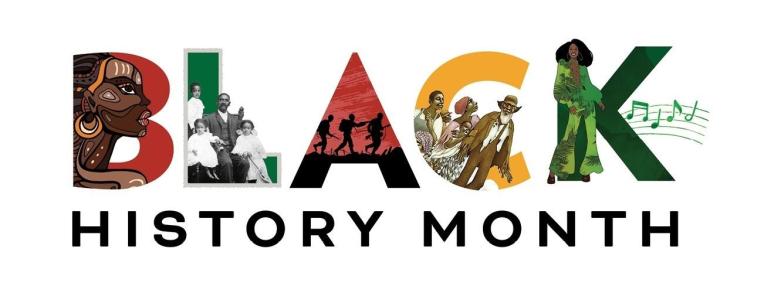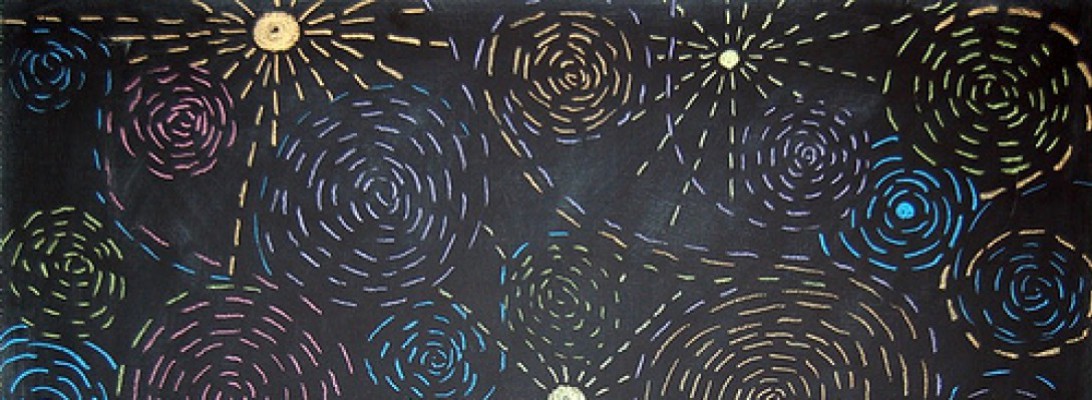One important aspect of education that we don’t always consciously think about in teaching is race and cultural background. You’re fooling yourself if you think that these things aren’t a factor in the classroom. Any number of hurdles can materialize as a result of diversity in the classroom including but not limited to language barriers, vast economic differences, or religious restrictions. And of course, differences of all shapes and types should be *celebrated* as well.
I personally feel like I have a unique perspective on this topic, being one of 2 non-white teachers at my school of about 100 staff and about 1,700 students. I am full Filipino, although I could probably pass for half-white and the other teacher is [South East Asian]. I don’t know what percentage of our students are non-white, but I have on average 1 non-white student per class of 30. The state make-up is 93% white, 4% black, 1.75% two or more races, .8% asian, .6% other, .2% Native American.
Yes, this makes a difference. Yes, I feel an obligation sometimes.
I don’t know what all the other teachers teach when they refer to history, world cultures, world literature, American literature, etc. I trust that most are sensitive to the needs of students of non-white backgrounds, but I honestly don’t know if that’s true. I think that some of them may lack the empathy or even the basic thought processes to feel the need to address it at all.
I feel like I should really be putting more effort into these thoughts and acting on some of the urges I’ve had to start a school club on race and diversity. I just never knew where to start. Thinking “out loud” here, I wonder if maybe finding a race/diversity sensitivity training for teachers would be a great way to start that journey. I’m afraid of putting too many things on my plate but I also can’t stress enough how important this is.

For now, I digress.
February is Black History Month, which I find to be necessary in this very White space. I personally don’t wish to relegate it to *only* this time of year. I would love to see more and more and more persons of color in the spotlight at all times. A goal of mine is to create a wall of portraits in my classroom, specifically of non-white women and some non-white and non-straight men so students outside the majority can feel represented, at least somewhere.
When asked to simply list any visual artist they know without Googling, most of my Art 1 kids had trouble thinking of any at all, but some came up with some combination of the renaissance men (aka the ninja turtles), Warhol, da Vinci, Picasso, Haring, Banksy, Bob Ross, Dr. Seuss, Walt Disney. VERY seldom, I saw Khalo written down, otherwise there were no other women listed and absolutely no Black or Asian or Middle Eastern or Latinx or Pacific Islander people. I should’ve phrased the question to list any non-white, non-European artists you know or have heard of. I wouldn’t have gotten any results.
First, you have to understand that the arts are extremely limited in this area. Sports, as in most mid-western-type locations are of utmost importance and math and English are probably next. We have but ONE single art teacher among the 14 elementary schools in the county. You can imagine how little they hear about visual or literary artists of any kind. Middle schools get 9 weeks of art during a year, if they’re lucky. Throughout high school, we require one full year of art as a pre-req for graduation.
Is being able to list the names of visual artists essential to a successful adult life? No, not even if your plan is to become a Jeopardy! champ. But learning about individual artists can teach you a lot about culture, overcoming struggles, using art to escape or translate your emotions, style, process, design, accomplishment, and failure. Introducing students to Black artists can broaden their scope of knowledge, allow them to see successful and artistic people of color, learn about someone they’ve never heard of and possibly spread the news, and either learn from someone like them or someone not like them. Both are important and valid.
As a result of this mixture of feelings, I’ve incorporated a Black History Month project into my Art 2 curriculum, and looking forward, will probably do the same next year with Art 1. I’ve rambled on long enough here, so a description of the project itself is in my next post 🙂
